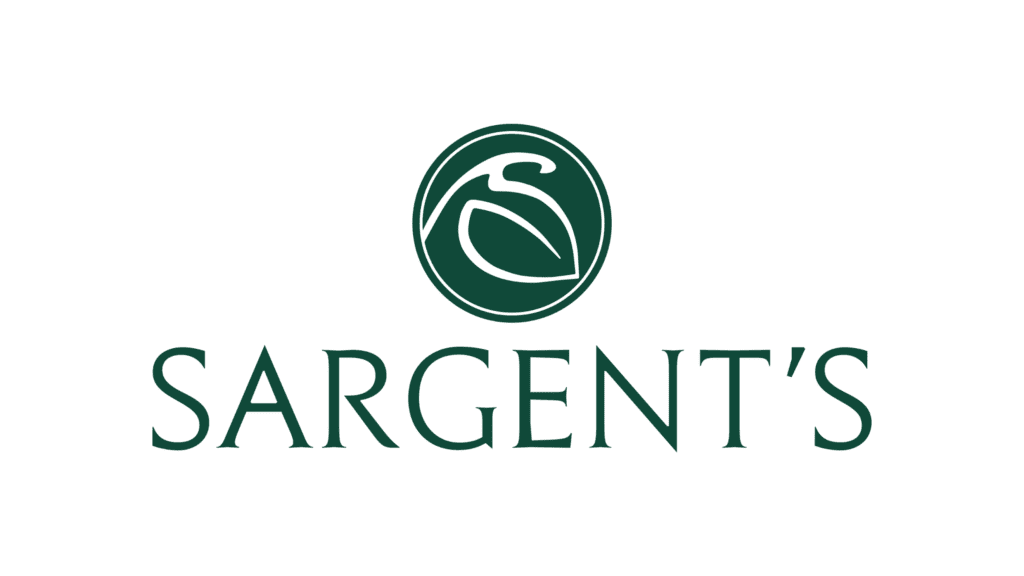Backyard Battle with Japanese Beetles
It is nearly that time of year again. You know that time when roses bloom…and then begin to disappear one bite at a time. When Lindens look beautiful…and then their leaves begin to skeletonize causing the appearance of the whole tree to brown. Yeah, that’s what I’m talking about; it’s Japanese beetle season.
Japanese beetles appear every summer, emerging from beneath your turf (overwintering as grubs) and rising to voraciously feed on your plants. If you have roses, elms, or lindens (basswoods) in your garden or yard, you are likely all too familiar with this nuisance. You would likely try anything to make them go away. But this is a tricky problem to solve, especially if you are environmentally sensitive.
The adult beetles emerge from the soil after there has been enough heat to finish pupating from a grub to the flying insect that we are used to seeing. Their sharp mandibles shred through a plant’s foliage and skeletonize leaves, leaving only the veins uneaten. From late June or early July when the beetles emerge to the end of August, beetles can leave a tree with limited foliage and an overall brown appearance. While this will not kill a tree, repeated annual defoliation like this can impact a trees health, and to be sure, it is quite unsightly.
So, what can you do? As I mentioned earlier, being environmentally sensitive will limit your options. The products that most effectively treat the beetles are often impactful to honeybees. Neonicotinoids like imidacloprid are highly effective in treating Japanese beetles. These soil-applied products are taken up over the course of a month and are available to the tree for 12 months. Treating a tree that is in the same area as other flowering plants could mean that those other flowering plants are also accidently treated by taking up the imidacloprid from the soil.
Other products need to be sprayed on the foliage. For small plants like roses, this is the best option. Systemic insecticides do not make it to the rose flowers, so even when you protect the foliage, you still lose the flowers to the beetles. The downside of spraying is that the product only lasts for a short while and multiple application are needed to be effective. Another downside is that it is very difficult to spray large trees and when you do, it is not very target specific, meaning that everything in the vicinity is treated with an insecticide which kills many beneficial insects.
There are faster acting, non-neonicotinoid, systemic products that are safe and effective. This the best option for larger trees in landscape areas. The active ingredient acephate is the product we rely on most here at Sargent’s for treating trees. Treating with acephate allows us to wait until flowering is done, then to treat and get rapid uptake over the course of just a few days, instead of a month. This seems to be the safest and most effective product to use. The downside is that it will require 2 applications to get full coverage. The first application will take you through July, the second will last through August when the beetle pressure subsides.
As with all treatments, each biological system is different in how it uptakes and distributes chemicals through their crown. Effectiveness of soil applied products like acephate typically range from 70 to 95 percent, based on the health of the tree and the timing of the application. At Sargent’s we are watching the growing degree days (GDD) to perfectly time the applications of the trees we are treating.
So to summarize, Japanese beetles are not deadly but can be stressful to a tree. Treatment options are available. There are limited options for homeowners to treat their own trees, but our arborists can help you with this. Our garden centers have great products to treat your shrubs and flower. Timing is essential so plan ahead.

